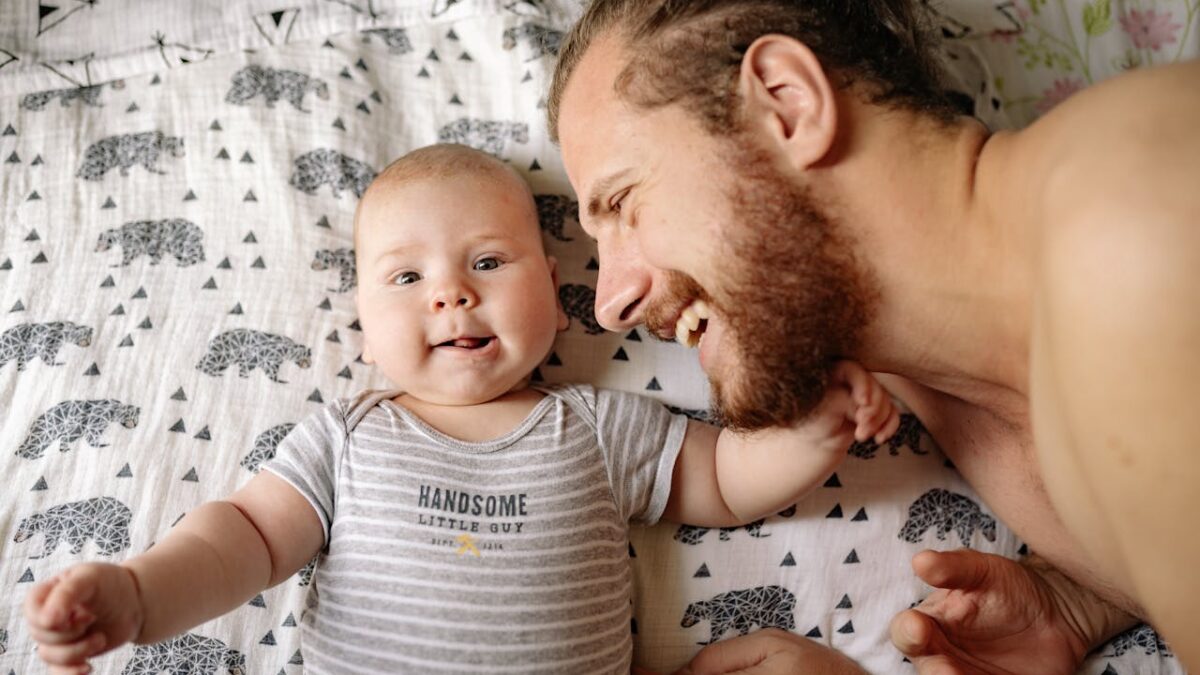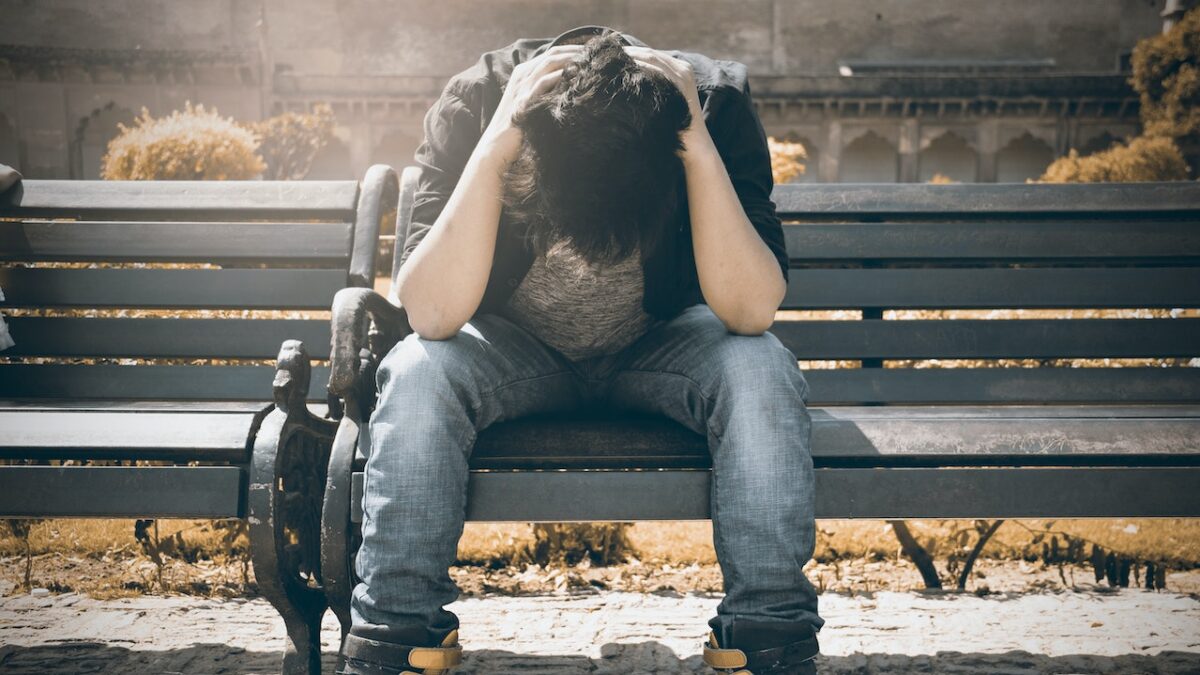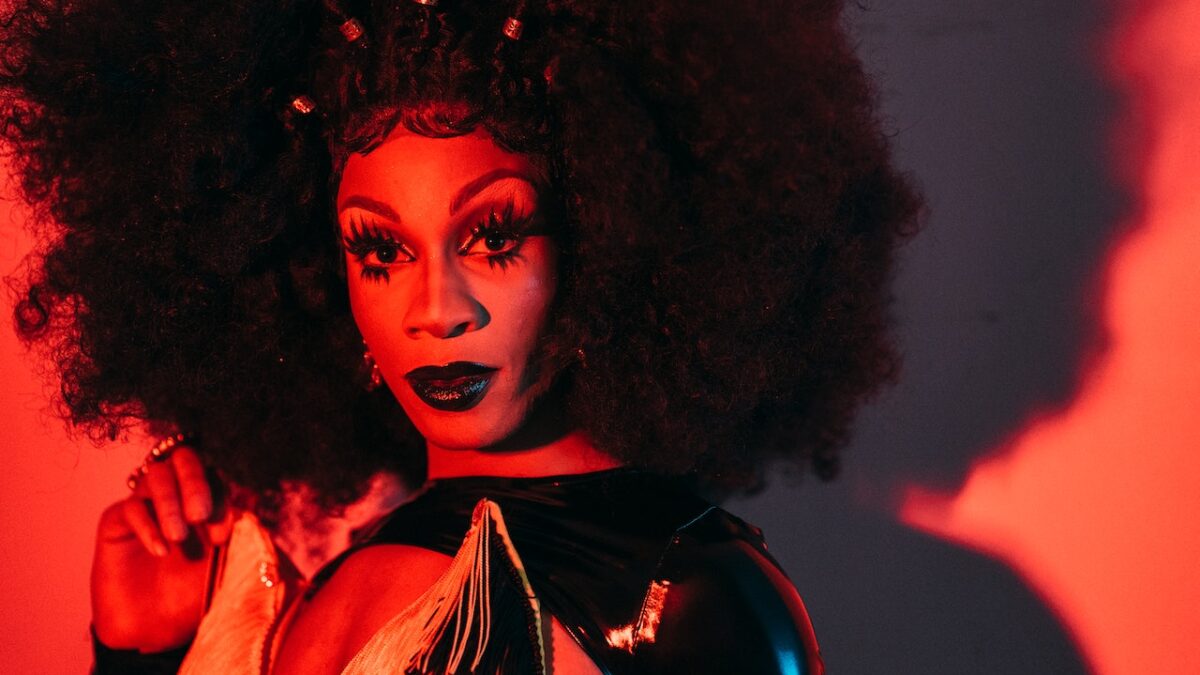One thing you would think lesbians wouldn’t have to deal with is pregnancy. Seems like a solid assumption, right? Not so much.
Remarkably, research shows teen who identify as lesbian have significantly higher pregnancy rates than their heterosexual peers. I know what you’re thinking, but it’s true. It’s also true for teen gay males: they are substantially more likely to impregnate their sexual partners than are heterosexual males. The dramatic disparities are explained in these graphs from the Minneapolis Star Tribune.


Numerous studies across many nations find that sexual-minority youth aged 14 to 19 have pregnancy rates two to seven times greater than their heterosexual peers. And their pregnancy rates continue to rise at a time when the overall teen pregnancy rate is declining in the United States.
Only one study to date, published earlier this year, has examined the pregnancy rates of adult sexual-minority women. It reveals the same thing: unintended pregnancies are higher among sexual-minority women than their heterosexual peers. Their proportions for ending pregnancies by abortion are double that of heterosexual women.
How—And Why—Is This Happening?
After I presented this information to an acquaintance, he said, “That’s scientifically impossible!” But that’s only true if you assume that being gay or lesbian is a sexual absolute—the way someone is, unchangeably what they are. Unless biology has transformed overnight, it means women who identify as lesbians are having a whole lot of guy sex. And gay-identified youth are having a great deal of girl sex.
But being gay or lesbian is supposed to be absolute and unchangeable—like sex, race, or ethnicity. This pregnancy phenomenon confounds that narrative in a dramatic way, and it can’t be ignored. Could it be that being lesbian or gay is not quite as absolute or fixed as gender theorists want us to believe?
Sure, lesbians could occasionally veer off their path and get pregnant. Gays could do the same and end up making babies. It wouldn’t be that surprising. But think about what we have going on here: we know that as a whole, heterosexual youth are more sexually active than nearly every adult would wish, and their pregnancy rates are too high as well. It’s a national concern.
But gays and lesbians have a two to seven times greater rate of pregnancy, and double the rate of abortion. That’s a great deal of pregnancy-possible sex going on among teens and adults who are supposedly “born that way” to want non-pregnancy-possible sex.
First, we must ask what’s going in the emotional lives of these individuals that has them behaving in such a hyper-sexualized manner? What emptiness are they seeking to fill? Their own dignity and well-being demands honest investigation, free of ideological assumptions. Insisting it’s simply a lack of good sex education or social affirmation—which seems to be the left’s default answers for such things—is nothing short of malpractice. But one thing is for sure, it means that these categorical identities we call “gay” and “lesbian” don’t exist as we assume they do. They certainly do as political or social identities. But in functional actuality, where it really matters, these pregnancy rates greatly challenge that narrative.
They indicate far more is going on here than gay and lesbian folks simply coming to terms with their sexuality. It appears to make a case for a fluid mushiness in non-heterosexual sexual identities, doing great violence to the prevailing LGBT political narrative.
Is Sexual Orientation Fluid And Changeable?
Erotic plasticity. Sexual fluidity. These are terms coined by scholars to explain that the fixedness of non-hetero orientations is often illusory in adulthood as well. This fluidity is particularly true for women, making the L of LGBT a dramatically different animal at its very core than the G. Through his clinical research on the subject, Northwestern University’s J. Michael Bailey questions whether a female sexual orientation exists at all. He contends that we cannot miss that male and female sexual natures are markedly different things, so much so that the singular, lifelong lesbian is a rare creature. Female sexual interests and behaviors are shaped more by social, cultural, emotional, and situational developments than some deeper internal drive.
In her important book “Sexual Fluidity” Professor Lisa Diamond laments the mistaken assumption that lesbianism is fixed like male homosexuality and argues that this belief is the result of gay-normativity and male prejudice in gay research. She is hopeful that this has changed slightly in the last decade, revealing a picture of male and female sexual orientation as “distinct phenomena instead of two sides of the same coin.” It reveals that “one of the fundamental, defining features of female sexual orientation is its fluidity,” a “situation-dependent flexibility in women’s sexual responsiveness,” making it possible for women to desire either men or women under certain situations regardless of their generally identified “sexual orientation.” If this is true, it means lesbianism is not an orientation as we popularly understand the term today. Diamond concludes,
This is why a woman like Anne Heche can suddenly find herself falling madly in love with Ellen DeGeneres after an exclusively heterosexual past [and present], and why a longtime lesbian can experience her very first other-sex attractions in her forties.
Not only is female sexuality itself fluid, but so are the personal identifiers women choose for themselves. Remarkably, more than 50 percent of women who had both male and female partners in the last year identify not as bi-sexual or lesbian, but as heterosexual. Eleven percent of women who have known only female sex partners identify as heterosexual, and—remarkably—only 19 percent of women who’ve ever had sex with another woman consider themselves either “lesbian” or “homosexual.” A young woman recently told me that she is a lesbian, but her sexual attraction is to men. Apparently she’s not an outlier.
Lesbianism And Gayness May Differ In Important Ways
Lesbianism and gayness are more different than they are similar in very fundamental ways. The gay male is more likely to stay in one lane for life, even while his sexual desire is generally more aggressive and seeks greater diversity in partners than do women. However, by the pregnancy-risk data, younger men who identify as homosexual appear to be much more fluid in their actions than has been previously assumed. Does this mean that male same-sex attraction is more developmental than fixed? We don’t know.
This all has very important and deeply consequential policy implications for today. Increasingly, communities and entire states are levying life-crushing penalties against individuals who refuse to get on board with certain sexual relationships. It’s assumed this dissent amounts to the rejection of people because of what they are. The Supreme Court has agreed to take up one such case next year. This research further demonstrates that the “this is what I am” canard is precisely that.









